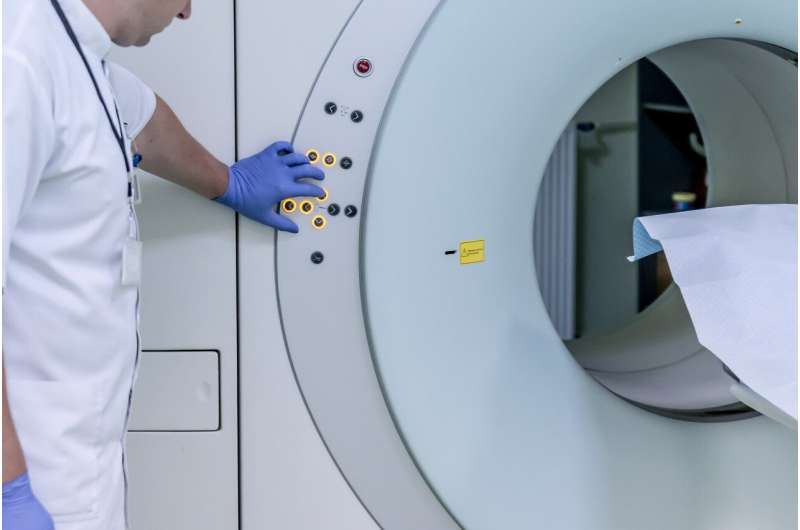The Rise of Commercial Investment in Medical Imaging: Key Concerns

An expanding industry of private investments in medical imaging raises concerns about reduced competition, overuse of costly scans, and the influence of profit motives on healthcare quality. Learn about the key issues and the need for safeguards to protect public health.
Medical imaging technologies such as X-rays, ultrasounds, CT scans, and MRIs play a crucial role in modern healthcare by enabling early diagnosis, guiding treatment, and saving lives. These images can confirm fractures, offer early insights into fetal development, and detect cancers at an early stage. However, behind the vital role of these diagnostic tools lies a rapidly expanding industry that has become highly profitable, generating nearly A$6 billion annually. Corporate ownership now dominates this sector, with approximately 60% of private radiology clinics under for-profit control, often owned by publicly listed companies or private equity investors.
The increasing investment interest in radiology raises several concerns. For one, the consolidation of clinics under large corporations reduces competition, which can lead to higher costs for patients and diminished incentives to bulk-bill or provide affordable services. In some regions, such as Tasmania, the majority of private radiology practices are owned by a single company, limiting patient choice.
Furthermore, the economic incentives created by this investment boom may contribute to overdiagnosis and the overuse of high-cost scans like MRIs and CTs. Medicare expenditure on MRI scans has doubled since 2012, partly due to improved access and clinical guidelines favoring more sensitive testing. Yet, with private ownership of a significant portion of MRI machines, there is concern that profits may drive the increased use of costly imaging procedures, sometimes at the expense of lower-cost, equally effective options.
Another pressing issue is that private equity firms consider radiology clinics as assets to be bought, improved, and sold within a few years—often relying on management fees rather than on delivering care. This short-term investment strategy can lead to financial instability, as seen in healthcare sectors in other countries, and raises questions about the quality and continuity of patient care.
While proponents argue that corporate ownership can increase efficiency and investment in new technologies such as artificial intelligence, the potential downsides include reduced competition, overdiagnosis, unnecessary exposure to radiation, and prioritization of profits over patient well-being. As the industry attracts more investors, it becomes critical to implement safeguards and transparency measures to ensure that public health remains the primary focus, and Medicare funds are used effectively.
Although unwinding corporate involvement in radiology may be challenging, regulatory action and increased oversight can help prevent the prioritization of financial gain over healthcare quality, ensuring that diagnostic imaging remains accessible, affordable, and beneficial for all.
Stay Updated with Mia's Feed
Get the latest health & wellness insights delivered straight to your inbox.
Related Articles
Enhancing Cancer Treatment Efficacy by Combining MYC Inhibitors with Metabolic Drugs
New research suggests that combining MYC inhibitors with metabolic drugs like metformin can boost cancer treatment efficacy by targeting tumor energy production pathways. This approach offers hope for more effective therapies against resistant cancers.
AAP Updates Guidelines for Contraceptive Counseling in Adolescents
The American Academy of Pediatrics has updated its guidelines to enhance contraceptive counseling and access for adolescents, emphasizing equity and shared decision-making to improve reproductive health outcomes.
Boosting Flu Vaccination Rates Through Acknowledgment of Future Regret, New Study Reveals
A new study reveals that encouraging individuals to imagine future regret can significantly boost flu vaccination rates, offering a simple and scalable intervention to improve public health.



